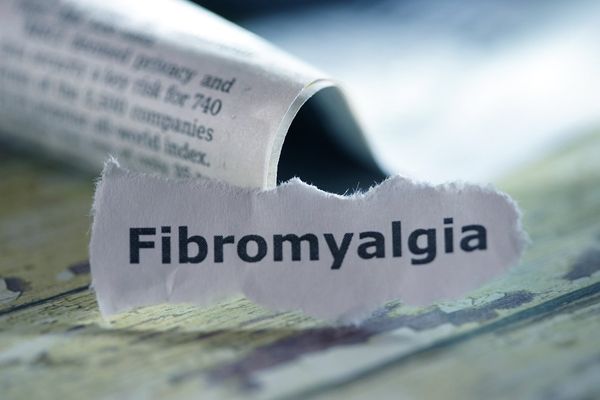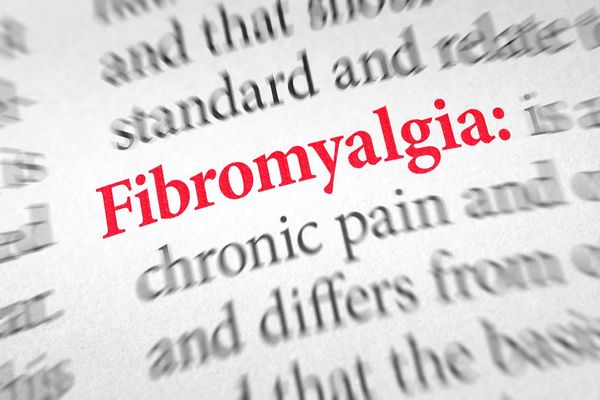The days and weeks after you’re first diagnosed with fibromyalgia can be a whirlwind of emotions. You may feel anxious about what’s to come, angry that you have a chronic illness, sad that your lifestyle might have to change—or even happy to finally have a diagnosis! Here are some things you can do to feel more prepared and supported.
Coordinate your health care team
Chances are you’ll have multiple health care providers (HCPs)—possibly working at separate facilities—treating your fibromyalgia. These can include a primary care doctor, rheumatologist/neurologist, pain care specialist (i.e., anesthesiologist, physical medicine specialist), psychologist and physical therapist, some of whom you may see more often than others. Coordinating with your health care team may help ensure you get the best treatment.
Make a contact list of all your HCPs to distribute to each of them, and request that they coordinate with each other on your care and share information as needed. Take the time to connect using email if possible, phone if necessary—whatever it takes to keep your team informed and united.
Consider a “whole patient” approach
Fibromyalgia will likely affect many areas of your life, and unfortunately there’s no “one thing” that will make you feel better. Many experts agree that a “whole patient” approach—one that encompasses mind, body and environment—is the best way to treat and manage the condition.
A “whole patient” approach usually encompasses many areas of influence and types of treatment. Your HCPs may work to help you develop an exercise routine; teach you meditation, visualization or other relaxation techniques; craft a healthy diet; find a balance of appropriate medications and/or supplements; use massage or physical therapy to help with your pain and mobility; and much more.
Adopt pain management strategies
There are many approaches to pain management. Your HCP will likely review several different options with you as you work together to find a combination that gives you support and relief. While many pain management strategies may start with medication, they may expand to include other approaches such as relaxation techniques. For example, relaxation training with biofeedback techniques can teach you to identify pain centers and neutralize them with techniques like deep breathing, visualization or meditation. Conventional treatments such as heating pads and cold packs, as well as warm baths, can help relax both your mind and your body while reducing pain.
Learn about medications
While complementary therapies may offer relief, there are also medications available to treat fibromyalgia. In recent years, the U.S. Food and Drug Administration (FDA) has approved three medications specifically for the management of fibromyalgia.
Your HCP may also suggest other medication options to help manage pain and address any additional issues you may experience.
If you’re juggling a variety of medications, you can use tools like daily/weekly pill organizers—or high-tech tools—to stay organized and ensure you’re taking medications correctly.
Ease into exercise
If you’re exhausted and hurting, it may be hard to get excited about exercising or any physical activity. You might be surprised to learn, however, that many HCPs recommend low-impact exercises like gentle swimming, walking, cycling, and tai chi to help ease pain and fatigue – and this can also help to raise your spirits. Stretching can help keep you limber. It’s important to remember that easing into exercise may have ups, downs and plateaus—so cut yourself some slack. And, be sure to discuss any exercise goals with your HCP before starting.
Keep thorough medical records
Maintaining accurate, organized medical records can play a big role in minimizing the stress that can come with a chronic illness. Organized records will make it easier to speak with your insurance company or Medicare/Medicaid; help you remember what treatments you received, and when; and enable you to chart your long-term progress.
So dig out that shoebox of paperwork from under your bed and start organizing! You may choose to sort your records by service date, HCP or facility location; some people prefer paper, while others like to create accompanying digital records (like spreadsheets) to track expenses. Determine the system that best fits your personal style and stick with it.
Manage personal relationships
Fibromyalgia can have a significant impact on your personal relationships with family and friends. You need a good support system, a team to cheer you on when things are tough and to keep your attitude positive.
Just like other big life events, diagnosis with a chronic illness like fibromyalgia may bring out the best—and worst—in the people around you. As you share your experience with friends and family, take the time to strengthen bonds with those who show empathy and patience…and don’t be afraid to build healthy boundaries that protect you from those who don’t respect your experience and needs. Over time you’ll create a team that motivates and supports you, through good times and bad.
A chronic pain condition can be a struggle to manage. But, in so many ways, the outlook for people with fibromyalgia has never been better. Today, experts understand better how to diagnose, treat, and manage fibromyalgia symptoms. Together, you and your health care team can develop a strategy that works best for you.







